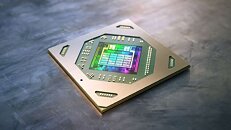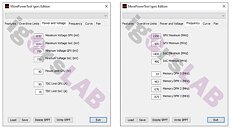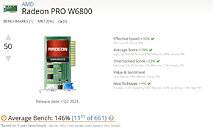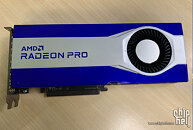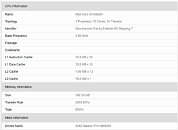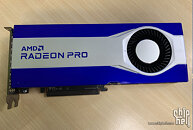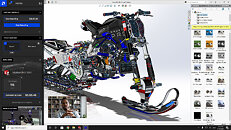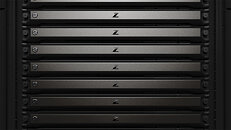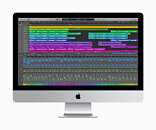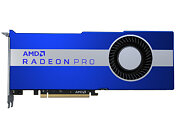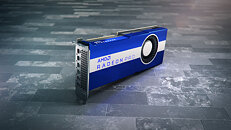Advantech Launches Next-Gen Edge AI Solutions Powered by the AMD Compute Portfolio
A global leader in intelligent IoT systems and embedded platforms, is excited to introduce its latest AIR series Edge AI systems, powered by the comprehensive AMD compute portfolio. These next-generation solutions leverage AMD Ryzen and EPYC processors alongside Instinct MI210 accelerators and Radeon PRO GPUs, delivering exceptional AI computing performance for demanding edge applications.
"Advantech and AMD continue to strengthen our collaboration in the Edge AI era, integrating advanced CPU platforms with high-performance AI accelerators and GPU solutions," said Aaron Su, Vice President of Advantech Embedded IoT Group. "This joint effort enables cutting-edge computing power to meet the demands of the rapidly evolving embedded AI applications.
"Advantech and AMD continue to strengthen our collaboration in the Edge AI era, integrating advanced CPU platforms with high-performance AI accelerators and GPU solutions," said Aaron Su, Vice President of Advantech Embedded IoT Group. "This joint effort enables cutting-edge computing power to meet the demands of the rapidly evolving embedded AI applications.





































